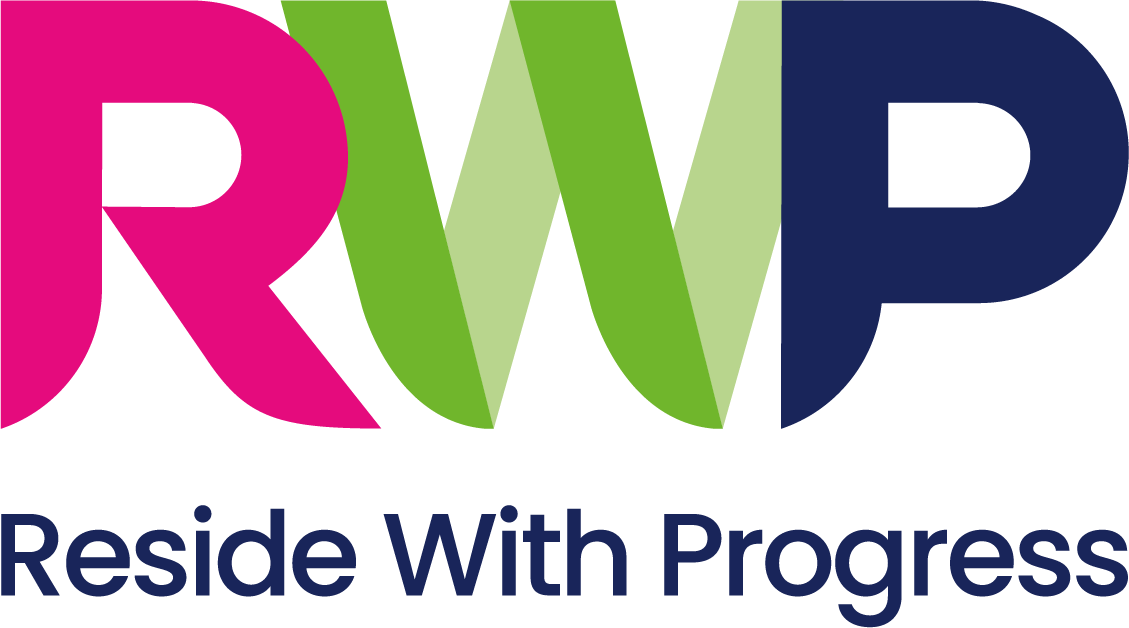We have over 4,500 units of supported living accommodation across the country. The majority is fully accessible, and adaptations can be made to meet the needs of our tenants with physical disabilities.
Most of our housing offers a 'shared living' arrangement, whereby people rent one room in a house and share communal areas with others. Typically there will also be a sleep-in room for a support worker, and tenants will all receive a care support package funded through their local authority.
We also have a significant amount of self-contained accommodation, where tenants can live alone or within a block and have their own kitchen, bathroom, and bedroom and still receive support.
About Supported Living
Supported living enables people to live independently in the local community – they are able to choose high-quality housing and in most cases choose a support provider or a care organisation for their daily personal care.
Specialised supported living is where housing is adapted to meet a tenant’s needs. We are one of the country’s leading providers of this type of housing.
We offer supported living options such as housing that is rented through an assured shorthold tenancy. This might be a joint or an individual tenancy, in shared or self-contained accommodation. Our tenants have the security of tenure with the same rights and responsibilities as anyone who rents their own home.
As a specialist supported housing provider, we understand that if your family member has support needs because of a learning disability or autism, for example, you want the very best for them, and for them to live independently. Supported living is where your family member lives in their own home, but with the help from a support worker.
This means you and your family member can choose which housing provider you want and you can also choose which support or care organisation you want to provide personal support with day to day tasks such as washing and cleaning. At many of our properties, tenants have their own room but they share communal areas like the lounge, bathroom and kitchen.
We also have lots of homes where tenants live alone or in a flat in a block and have their own kitchen, bathroom and bedroom.
Supported living could mean living in a place that is rented through an assured shorthold tenancy. Or it might be a joint or an individual tenancy, in shared or self-contained accommodation. Our tenants have the security of tenure with the same rights and responsibilities as anyone who rents their own home.

Apply for a home
We are a leading provider of specialised supported housing for people with a learning disability with homes across the UK.
About supported living
